India, the land of spirituality and devotion, is home to some of the world’s most magnificent temples, standing as timeless symbols of faith and architectural brilliance. These sacred sites, built over centuries, have witnessed dynastic changes, invasions, restorations, and the unwavering devotion of countless pilgrims.
During the 19th century, British photographers, historians, and explorers meticulously documented these temples, capturing their pre-modern architectural state before modernization and reconstruction. These photographs, taken by Zachariah D’Cruz, Henry Cousens, Joseph David Beglar, Taylor, James Burgess, D.H. Sykes, and others, offer us a glimpse into India’s spiritual grandeur in an era long before today’s digital archives.
In this article, we embark on a journey through 25 historic temples, each captured in rare 19th-century photographs, preserving their legacy for future generations.
1. Gopuram Temple – Zachariah D'Cruz (1870s)
This temple showcases the majestic Dravidian gopuram, an iconic feature of South Indian temple architecture. Captured by Zachariah D’Cruz in the 1870s, it highlights the intricate carvings and mythological depictions on the gateway tower. Gopurams symbolize the connection between the mortal and divine realms in Hindu belief.
2. Chaubis Avatar Temple, Panthia, Omkareshwar – Henry Cousens (1890s)
This temple in Omkareshwar, Madhya Pradesh, is dedicated to Lord Vishnu’s 24 incarnations (avatars). Henry Cousens’ 1890s photograph captures its finely sculpted dashavatara depictions and ornamental pillars. It stands as a testament to India's medieval temple traditions and spiritual grandeur.
3. Somnath Temple, Gujarat – D.H. Sykes (1869 & 1895)
The Somnath Temple, one of the twelve Jyotirlingas, is an iconic pilgrimage site in Gujarat. D.H. Sykes’ archival prints from 1869 and 1895 depict the temple in ruins before its grand 20th-century reconstruction. The temple has been destroyed and rebuilt multiple times, symbolizing the resilience of faith.
4. Golden Temple, Amritsar – British Library (1870s)
The Golden Temple (Harmandir Sahib), the most sacred shrine of Sikhism, radiates divine beauty. Photographed in the 1870s, this historic image captures its gold-plated sanctum, Amrit Sarovar (holy pond), and surrounding marble pathways. The temple stands as a symbol of unity, devotion, and selfless service.
5. Mahabodhi Temple, Bihar – British Library (1880s)
Built by Emperor Ashoka in the 3rd century B.C., the Mahabodhi Temple in Bodh Gaya is where Gautama Buddha attained enlightenment. The 1880s photograph provides a rare glimpse into its ancient brick structure and stupas before UNESCO's restoration efforts. This temple remains one of the most significant Buddhist pilgrimage sites in the world.
6. Nohleshwar Temple, Nohta, Madhya Pradesh – Henry Cousens (1890s)
Located in Damoh district, Madhya Pradesh, this Nagara-style temple stands as a remarkable relic of Hindu devotion. Henry Cousens’ 1890s photograph captures its detailed stone carvings and shikhara (spire), reflecting medieval craftsmanship. The temple, though lesser known, remains architecturally and historically significant.
7. Thirumalai Nayakkar Mahal, Madurai – Thomas William Daniell (18th Century)
This Indo-Dravidian palace, built in 1636 by King Thirumalai Nayak, exhibits grandeur and artistic excellence. The 18th-century illustration by Thomas William Daniell captures its massive pillars, domes, and finely decorated arches. It represents a fusion of South Indian and Mughal architectural influences.
8. Thousand Pillar Temple, Hanamkonda – British Library (1880s)
The Thousand Pillar Temple, constructed in the 12th century by the Kakatiya dynasty, is a marvel of sculptural precision. The 1880s photograph from the British Library showcases its meticulously carved pillars, ornate mandapams, and delicate friezes. It remains one of Telangana’s most revered architectural wonders.
9. Jagannatha Temple Entrance, Puri – British Library (1865)
The Jagannatha Temple in Puri, Odisha, is one of India's most sacred Vaishnavite pilgrimage sites. A rare 1865 photograph from the British Library captures the temple’s massive entrance and towering gopuram. This temple is most famous for its yearly Rath Yatra (chariot festival), which draws millions of devotees.
10. Temple in Bilaspur, Chhattisgarh – Joseph David Beglar (1873)
Captured in 1873, this temple in Bilaspur, Chhattisgarh, represents the central Indian temple tradition. The photograph by Joseph David Beglar highlights its exquisite stone carvings and distinct architectural style. The temple remains an important center of Hindu spiritual practice and heritage.
11. Meenakshi Amman Temple, Madurai – British Library (18th Century)
The Meenakshi Amman Temple, dedicated to Goddess Meenakshi and Lord Sundareswarar, is one of the most exquisite temples in India. The 18th-century British Library photograph showcases its majestic gopurams adorned with thousands of colorful sculptures. Its intricate halls and corridors remain a significant example of Dravidian architectural excellence.
12. Hathisinh Temple, Ahmedabad – (1850s)
Built in 1848 by Sheth Hathisinh, the Hathisinh Jain Temple in Ahmedabad is renowned for its ornate marble craftsmanship. The 1850s photograph highlights its elegantly carved pillars, domes, and detailed engravings, showcasing Jain architectural brilliance. This temple remains a major pilgrimage site for the Jain community.
13. Adi Jyotirlinga Pashupatinath Temple, Nepal – Taylor (1860s)
The Pashupatinath Temple in Kathmandu is one of the most revered Shiva temples and a UNESCO World Heritage Site. Captured in the 1860s by Taylor, the photograph depicts its pagoda-style structure, intricate wood carvings, and sacred ghats along the Bagmati River. The temple is a key pilgrimage destination for Hindus worldwide.
14. Ramalingeshvara Temple, Rameswaram – British Library (1870s)
One of the Char Dham pilgrimage sites, the Ramalingeshvara Temple in Rameswaram, Tamil Nadu, is a masterpiece of Dravidian architecture. The 1870s photograph from the British Library captures the endless stone corridors, ornately carved pillars, and grand mandapams. Devotees believe that bathing in the sacred wells within the temple complex grants spiritual purification.
15. Gyanvapi Temple, Kashi – Samuel Bourne (1868)
Located in Varanasi, the Gyanvapi Temple is historically linked to the Kashi Vishwanath Jyotirlinga, one of the holiest shrines for Hindus. The 1868 photograph by Samuel Bourne captures the temple’s ancient structure before modifications. This temple remains a spiritual and historical landmark in Hindu worship.
16. Kashivishveshwara Temple, Lakkundi, Karnataka – Henry Cousens (1880s)
This intricately carved medieval temple, dedicated to Lord Shiva, is an architectural jewel of Lakkundi, Karnataka. Henry Cousens’ 1880s photograph captures the temple’s ornate stone carvings, stepped wells, and detailed relief sculptures. It remains a significant example of Western Chalukyan architecture.
17. Mokalji Temple, Chittorgarh, Rajasthan – (1890s)
This Rajput-era temple, located in Chittorgarh, features imposing stone walls, intricate latticework, and grand entranceways. The 1890s photograph captures its pre-modern form before later renovations. The temple is an important symbol of Rajput history and devotion.
18. Limbaj Mata Temple, Dilmal, Gujarat – (1880s)
The Limbaj Mata Temple in Dilmal, Gujarat, is a lesser-known but architecturally stunning temple dedicated to Goddess Limbaj Mata. The 1880s photograph highlights its elaborate stone sculptures and weathered yet graceful shikhara (spire). It continues to be a place of devotion for local communities.
19. Lakshmana Temple, Sirpur, Chhattisgarh – Joseph David Beglar (1870s)
A temple from the 8th century, dedicated to Lord Vishnu, showcases detailed carvings and a uniquely designed Nagara-style shikhara. Captured by Joseph David Beglar in the 1870s, the photograph highlights its remarkable artistic and architectural elements. Sirpur remains a treasure trove of ancient Hindu and Buddhist temples.
20. Garhwa Temple Complex, Prayagraj, Uttar Pradesh – Joseph David Beglar (1870s)
The Garhwa Temple Complex is a collection of ancient Hindu and Jain temples, known for their intricately carved stone structures and sculptural art. The 1870s photograph by Joseph David Beglar preserves its historic appearance before modern conservation efforts. It remains an important archaeological and religious site in Prayagraj.
21. Someshwara Temple, Dambal, Karnataka – Henry Cousens (1880s)
A Western Chalukyan-era Shiva temple, known for its ornate mandapams and detailed carvings, stands as a significant historical site. Captured by Henry Cousens in the 1880s, the temple’s sculpted pillars and stone reliefs highlight the grandeur of medieval Karnataka temple architecture.
22. Navlakha Temple, Ghumli, Gujarat – James Burgess (1870s)
The Navlakha Temple in Ghumli, Gujarat, is a Solanki-era temple renowned for its grand structure, fine sculptures, and detailed motifs. The 1870s photograph by James Burgess showcases the temple’s magnificent mandapam and shikhara. This temple remains one of Gujarat’s finest examples of Solanki craftsmanship.
23. Ranakdevi’s Temple, Wadhwan, Gujarat – Henry Cousens (1890s)
This Rajput-era temple, located in Wadhwan, Gujarat, is known for its intricate relief work and historical significance. The 1890s photograph by Henry Cousens captures the temple in its original state before later conservation efforts. It remains a testament to Gujarat’s rich temple-building heritage.
24. Jagannadh Temple, Khallari, Chhattisgarh – Joseph David Beglar (1870s)
Dedicated to Lord Jagannath, the Jagannadh Temple in Khallari, Chhattisgarh, is revered for its spiritual significance and unique location. Captured by Joseph David Beglar in the 1870s, the photograph highlights its elevated position in the Khallari hills and grand temple structure. It remains a vital religious site for the region.
25. Nohleshwar Temple, Nohta, Madhya Pradesh – Henry Cousens (1890s)
An architectural relic of the medieval period, the Nohleshwar Temple in Nohta exemplifies intricate Nagara-style carvings and temple design. Henry Cousens’ 1890s photograph captures the weathered yet artistically rich structure, showcasing stone reliefs and sacred imagery. The temple remains a historically significant heritage site.
A Timeless Legacy of Faith and Architecture
The temples of India are more than just places of worship; they are living testaments to the country’s deep-rooted spiritual traditions, artistic excellence, and architectural ingenuity. Through the 19th-century photographs captured by early explorers, archaeologists, and historians, we gain a rare glimpse into India’s sacred past, frozen in time before modern restorations and reconstructions.
These 25 historic temples span across various dynasties, cultures, and architectural styles, showcasing the diverse religious fabric of India. From the Dravidian gopurams of South India to the intricate Nagara temples of Madhya Pradesh and Gujarat, each temple tells a unique story of devotion, resilience, and artistic grandeur.
Preserving the Past for Future Generations
Many of these temples have faced centuries of challenges, including invasions, natural decay, and colonial neglect. Some, like the Somnath Temple, were destroyed and rebuilt multiple times, embodying the unshakable faith of devotees. Others, like the Mahabodhi Temple in Bodh Gaya, underwent significant restoration efforts, ensuring their legacy remains intact.
The British-era photographs of these temples not only serve as historical records but also highlight the importance of conservation. They allow us to appreciate the original craftsmanship and recognize the evolution of temple architecture over time. Without such documentation, much of our architectural and spiritual heritage might have been lost to history.
Spiritual Significance and Cultural Impact
Each of these temples remains an active center of faith and pilgrimage, attracting millions of devotees and tourists alike. The Golden Temple of Amritsar, the Jagannatha Temple in Puri, and the Ramalingeshvara Temple in Rameswaram continue to be vibrant hubs of devotion, where age-old traditions are practiced with the same reverence as they were centuries ago.
Temples such as the Pashupatinath Temple in Nepal and the Gyanvapi Temple in Kashi represent the deep historical ties between Hinduism, Buddhism, and Jainism across South Asia. They serve as reminders of the spiritual interconnectedness of ancient civilizations.
Architectural Marvels That Stand the Test of Time
The grand pillars, intricate carvings, towering shikharas, and ornate mandapams of these temples reflect an era where art and devotion merged seamlessly. Structures like the Thousand Pillar Temple in Telangana and the Navlakha Temple in Gujarat showcase the unparalleled craftsmanship of medieval artisans, who dedicated their lives to sculpting these masterpieces from stone.
Even in their ruined or weathered states, temples like the Lakshmana Temple in Sirpur and the Nohleshwar Temple in Madhya Pradesh continue to inspire historians, architects, and spiritual seekers. They remind us of the glorious architectural traditions of India’s past rulers, from the Chalukyas and Solankis to the Kakatiyas and Rajputs.
A Call for Awareness and Conservation
As we admire these ancient temples through historical photographs, it is essential to recognize the urgent need for their preservation. Many temples, especially lesser-known ones like the Limbaj Mata Temple in Gujarat and the Ranakdevi Temple in Wadhwan, face the threat of neglect, vandalism, and environmental damage.
With increasing awareness, responsible tourism, and government-led conservation initiatives, we can ensure that these spiritual landmarks remain protected for future generations. By supporting temple restoration efforts and promoting heritage tourism, we contribute to the continuation of India’s timeless legacy of faith, art, and culture.
The Eternal Spirit of India’s Temples
These 25 temples, captured through 19th-century photography, stand as a powerful testament to India’s cultural and spiritual wealth. They remind us that temples are not just structures of stone and mortar, but sacred spaces that hold centuries of prayers, rituals, and devotion.
As we walk through the corridors of these ancient shrines, we are connected to the millions of devotees, artisans, and saints who once stood in the same places, offering their prayers and dedicating their lives to the divine. This continuity of faith, stretching across thousands of years, is what makes India’s temple heritage truly unparalleled in the world.
May these sacred sites continue to inspire, protect, and bless all those who seek their divine presence. 🚩
Which of these temples fascinates you the most? Have you visited any of them? Share your thoughts!
#AncientTemples #IndianHeritage #TemplePhotography #SpiritualIndia #SacredPlaces #HinduTemples #19thCenturyArchitecture #CulturalPreservation


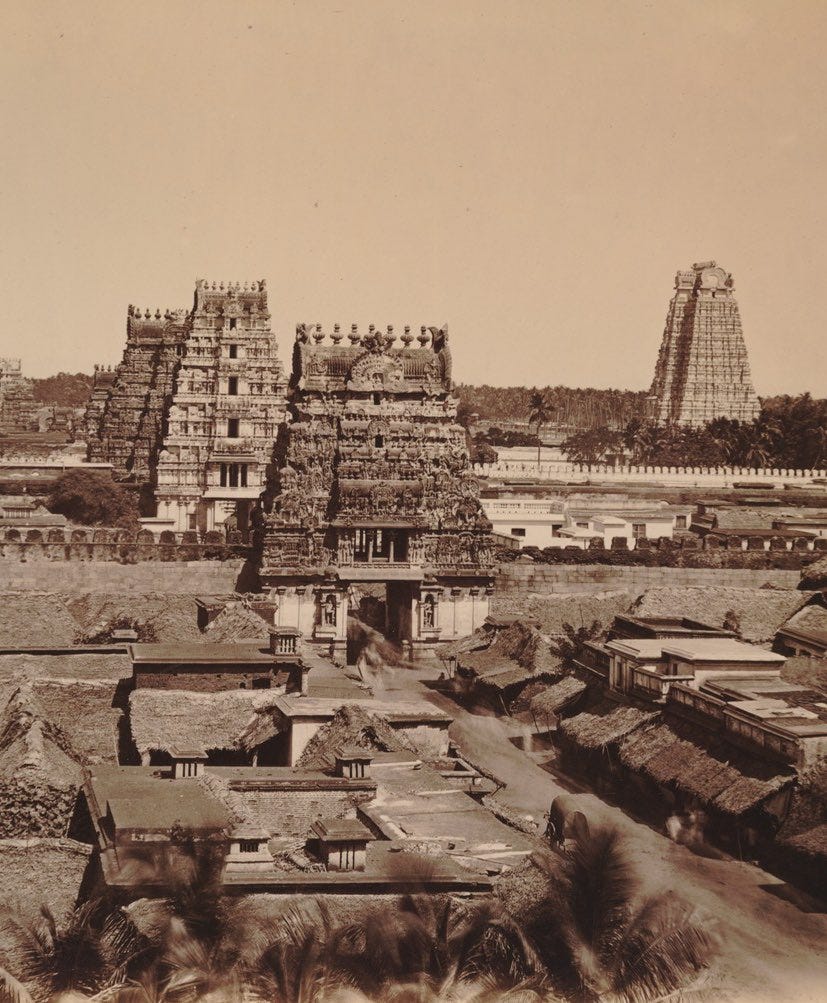

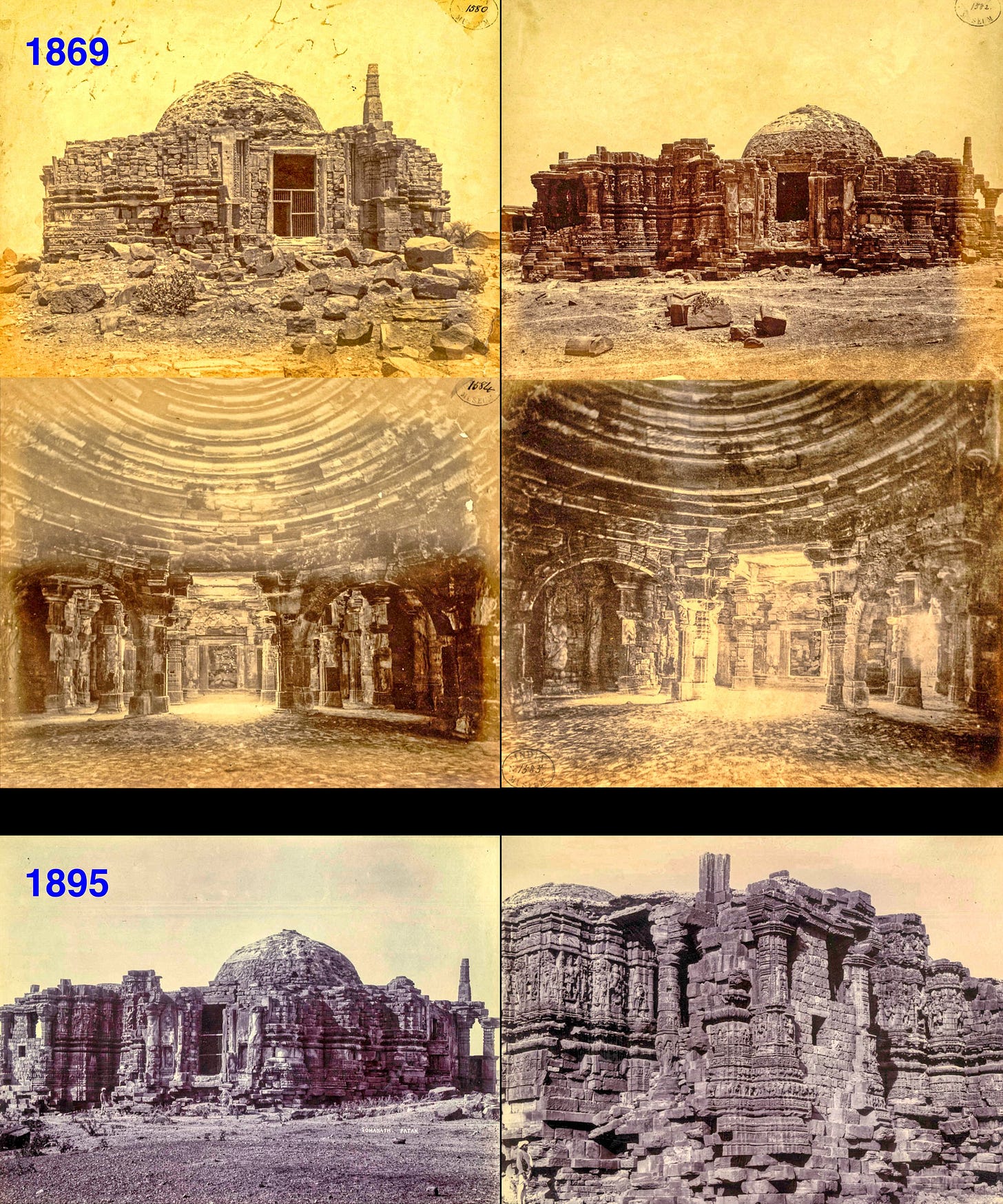
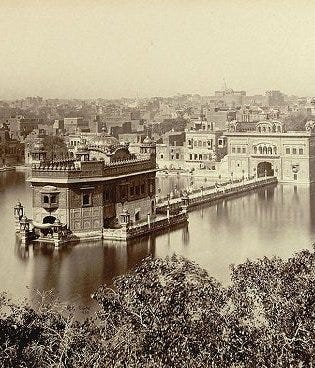

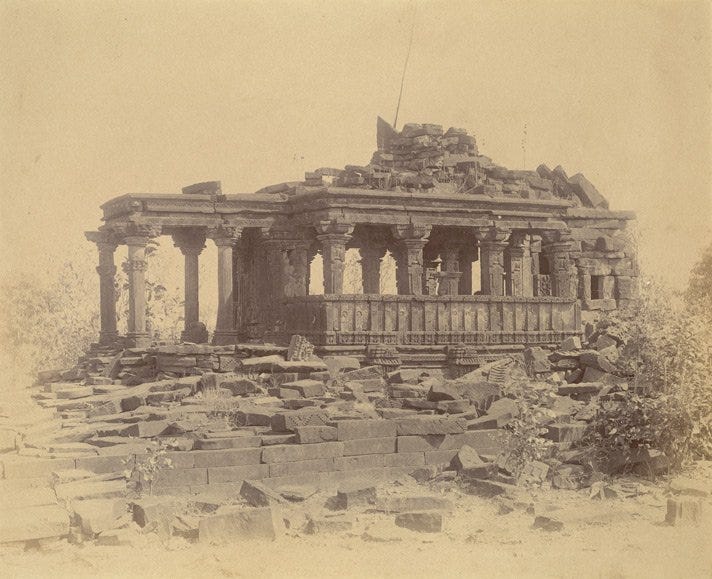
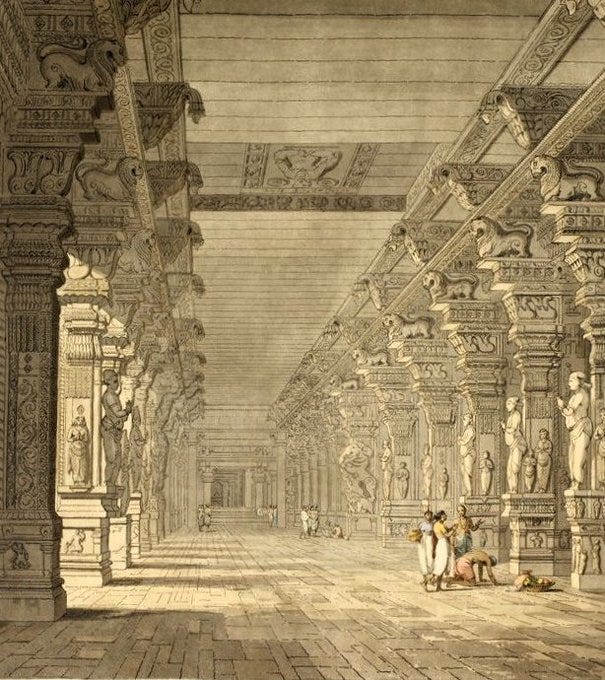
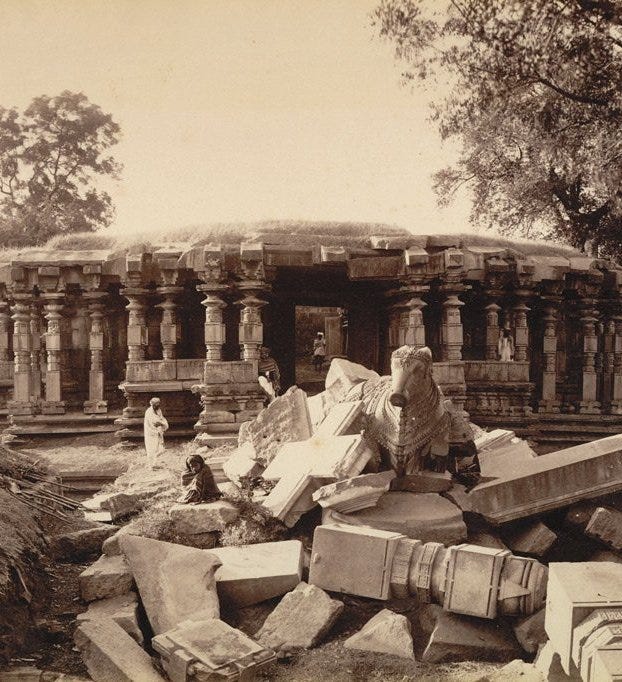
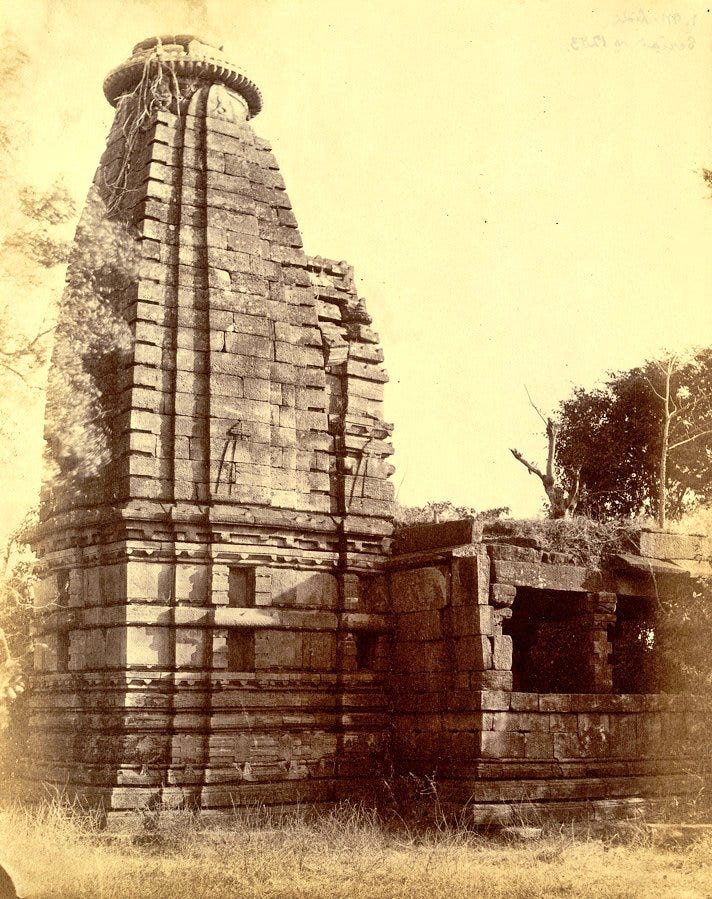
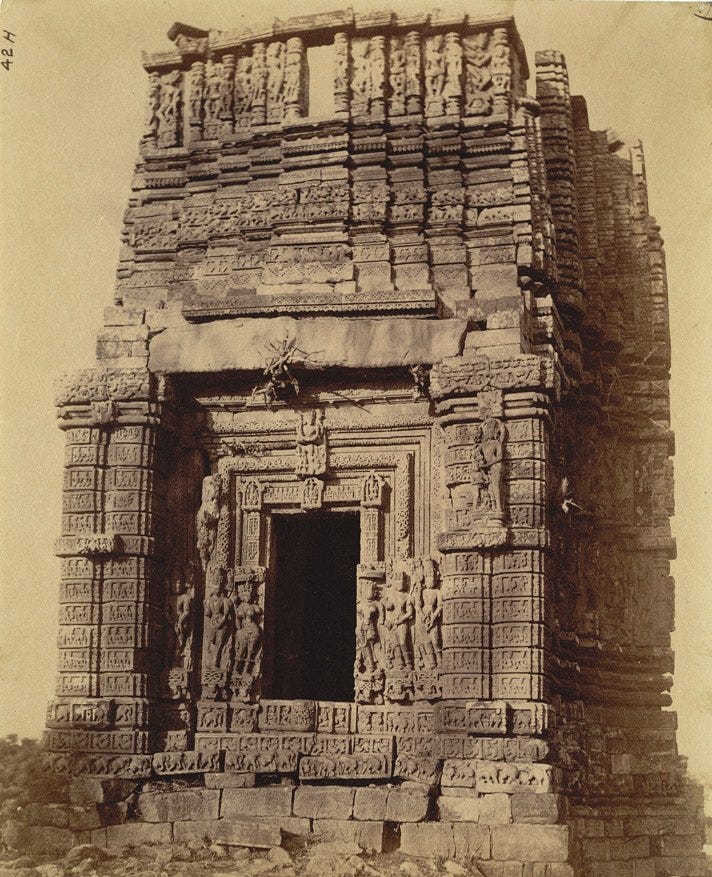
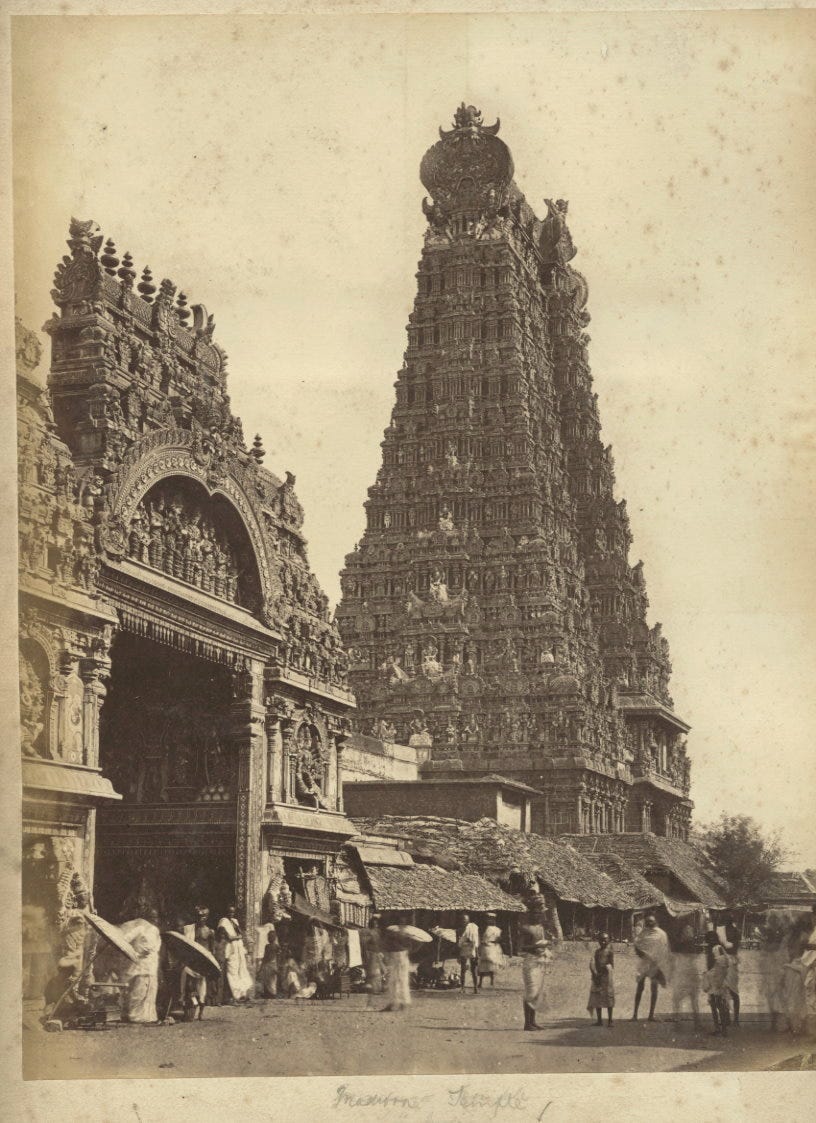
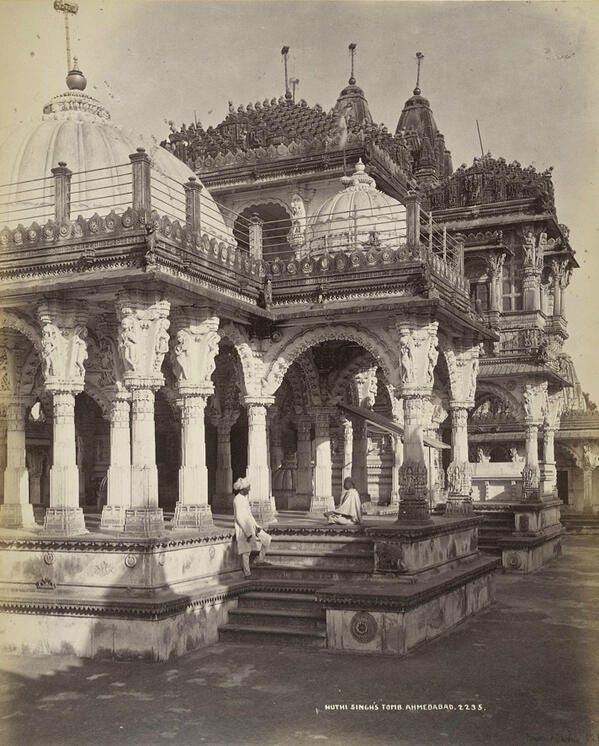

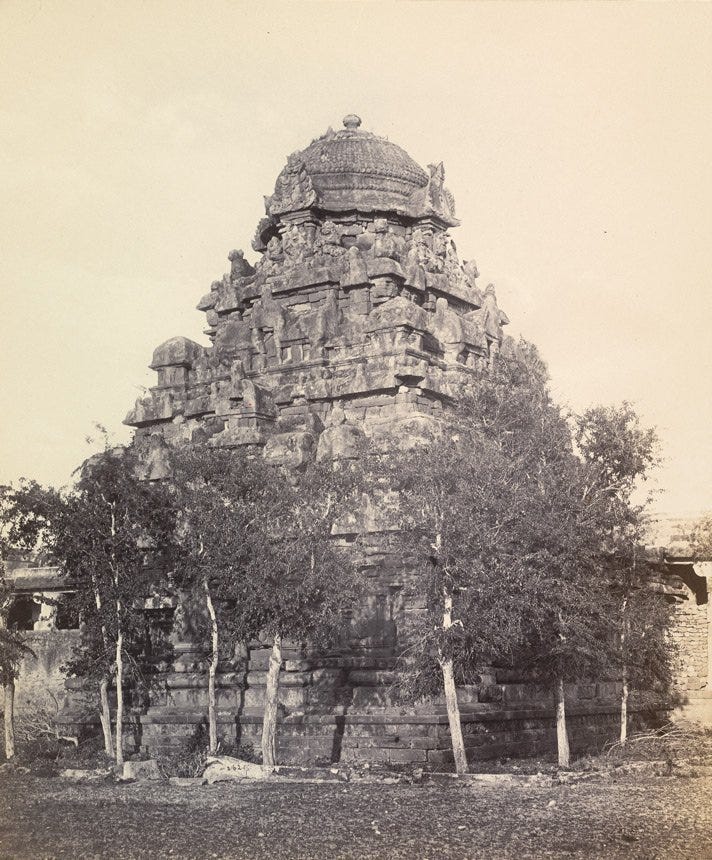
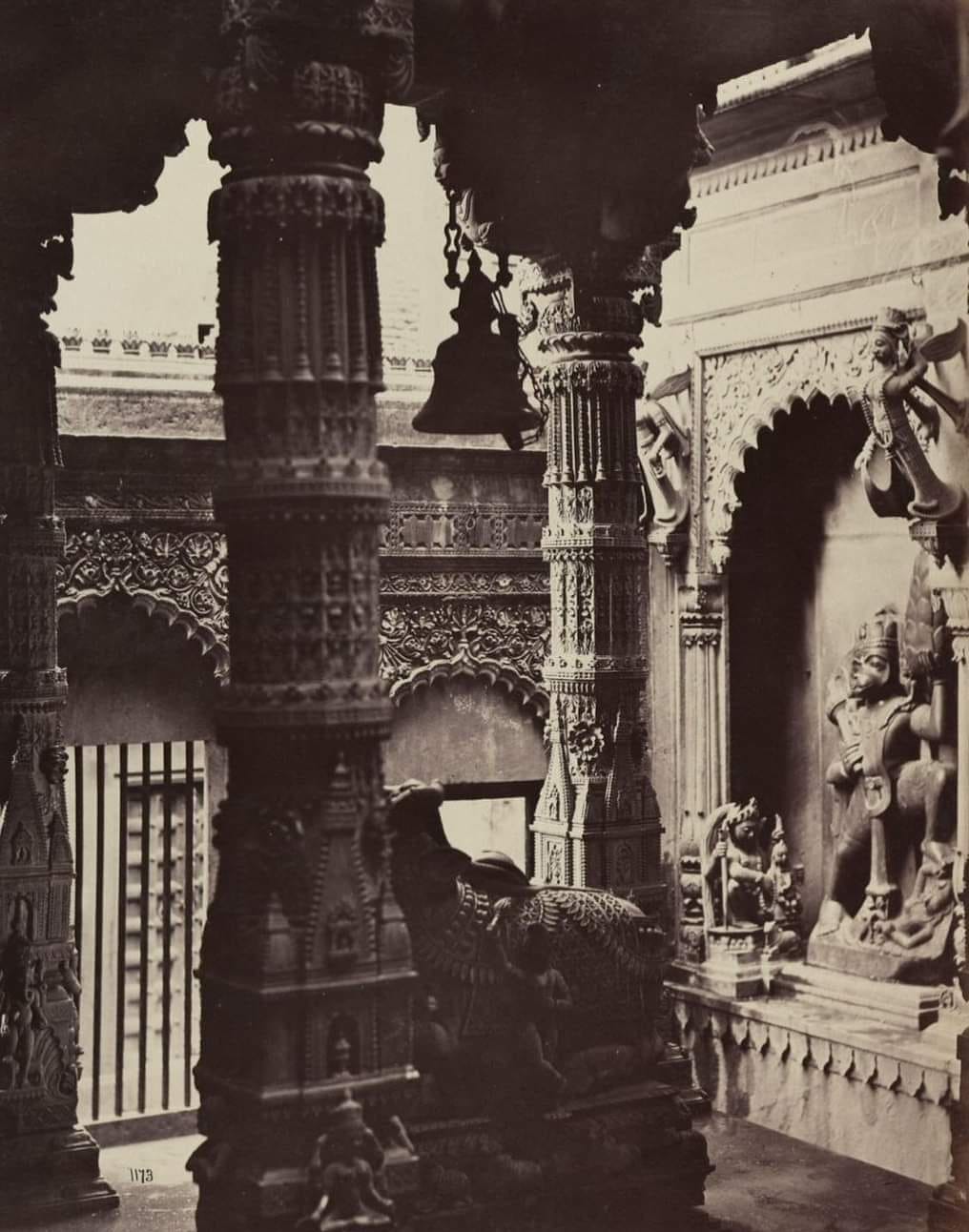
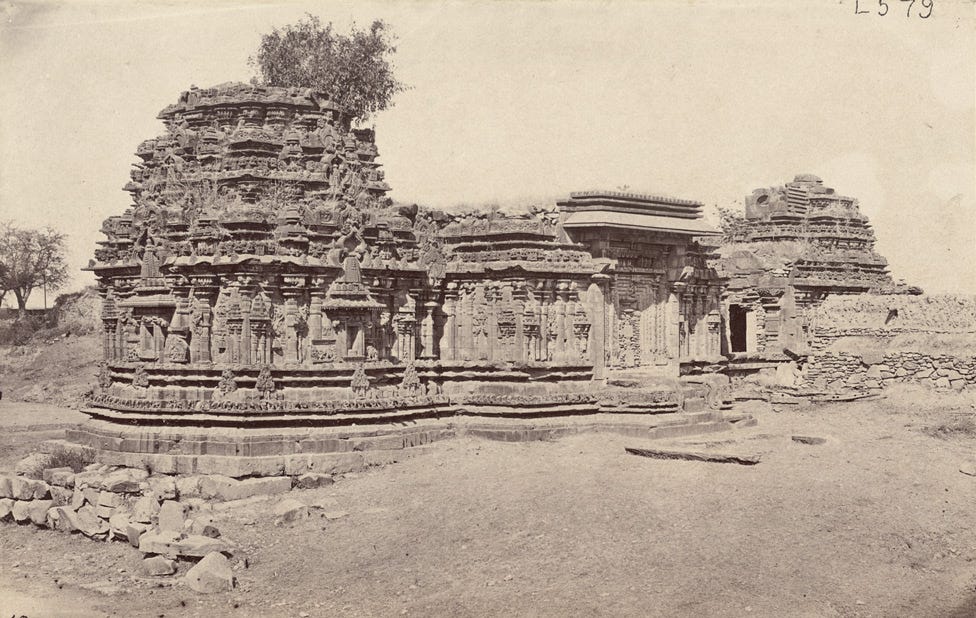


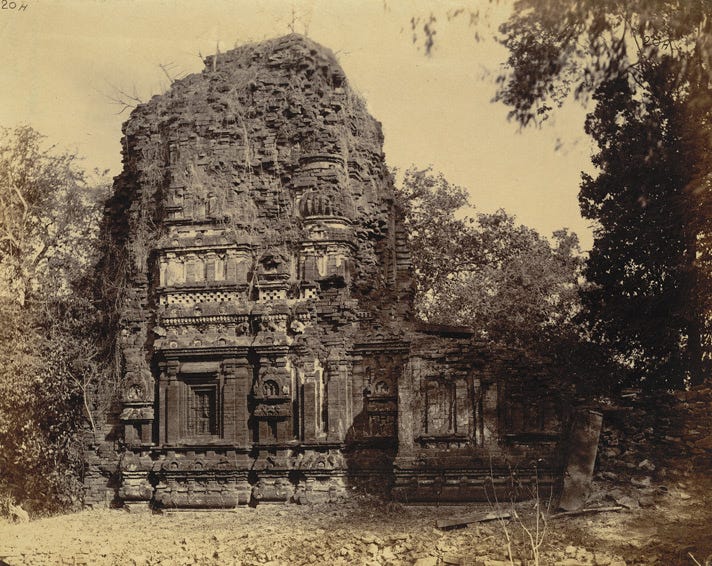
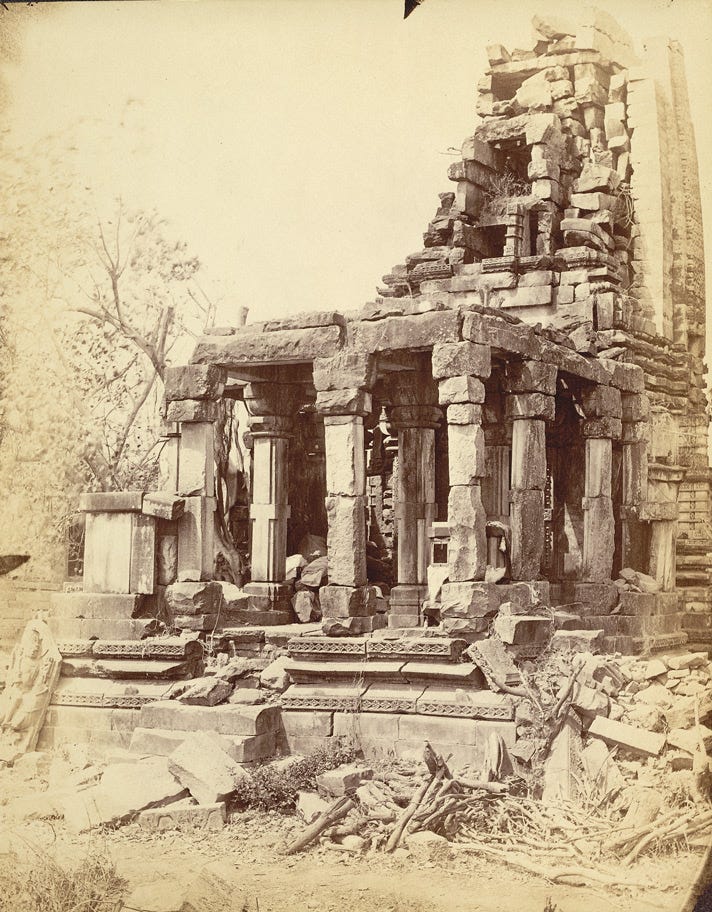



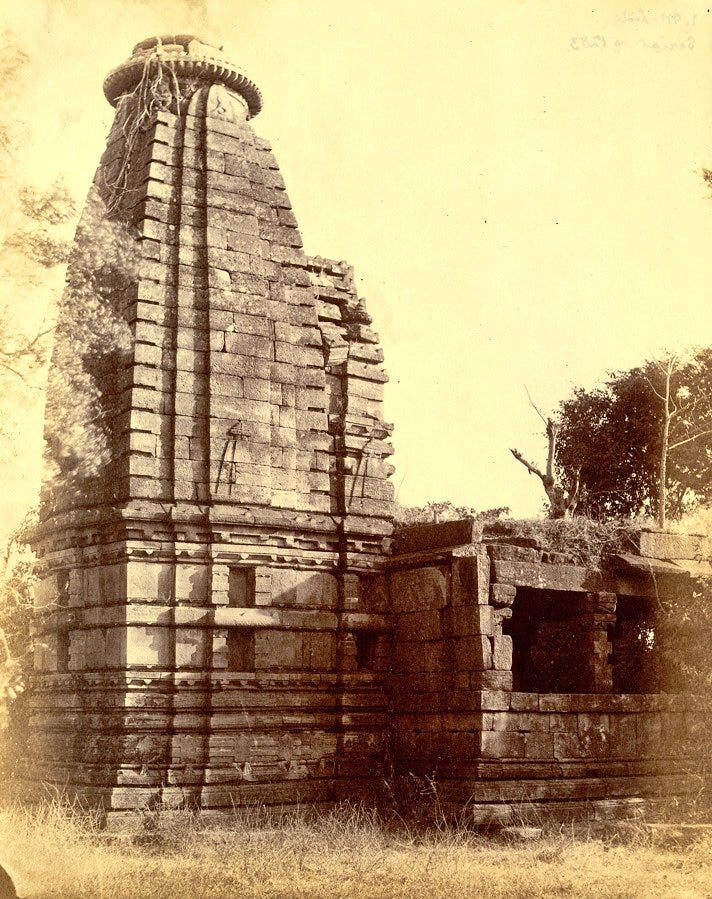

So many of these destroyed by Muslims